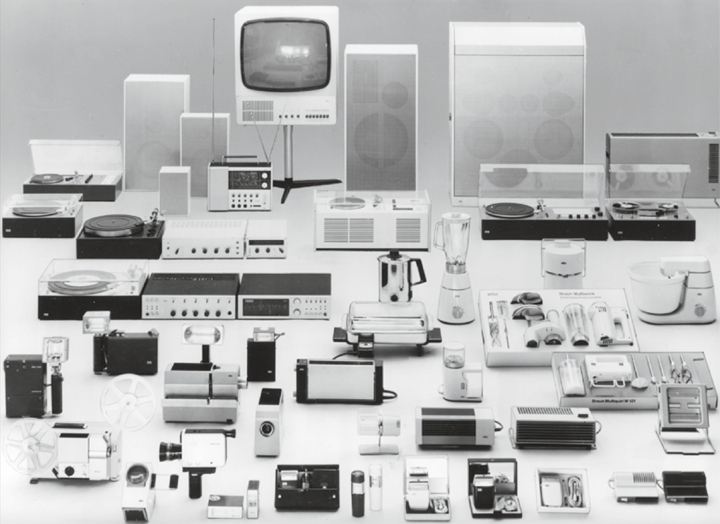Dieter Rams, a titan of German industrial design, casts a long shadow over the design world. His influence extends far beyond the sleek and functional Braun electronics he helped create during his tenure at the company. Perhaps his most enduring contribution is a set of ten principles for good design, formulated in the 1950s and 60s. These principles, known as the “Ten Commandments of Good Design,” transcend fleeting trends and remain remarkably relevant today.
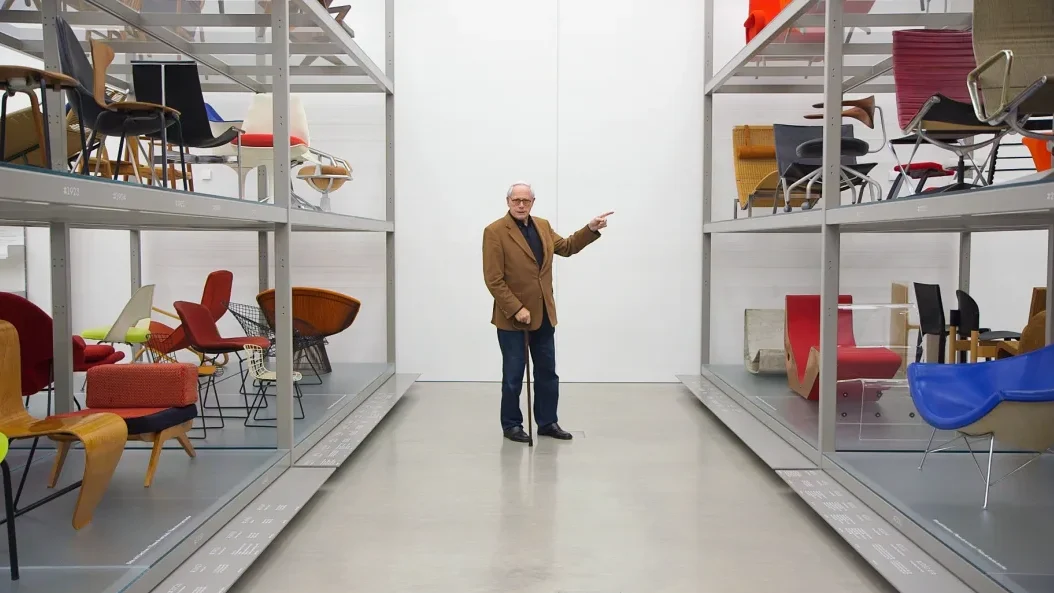
A Legacy Forged in Innovation
Braun, under the leadership of Rams as head of design, became synonymous with clean lines, intuitive functionality, and a commitment to quality. Their products, ranging from shavers and radios to coffee makers and calculators, stood out in a marketplace often cluttered with excessive ornamentation and features. Rams’ design philosophy was rooted in the Bauhaus movement, which emphasized simplicity, functionality, and the marriage of form and function. However, he went beyond the core tenets of Bauhaus by injecting a distinctly human-centered approach, prioritizing the user experience and the impact of design on people’s lives.
The Ten Commandments: A Deep Dive into Design Excellence
The brilliance of Rams’ principles lies in their universality. They can be applied to a wide range of design disciplines, from product design to graphic design to UX design. They provide a framework for creating designs that are not just aesthetically pleasing, but also functional, user-friendly, and sustainable. Let’s delve into each of these principles and explore their significance:
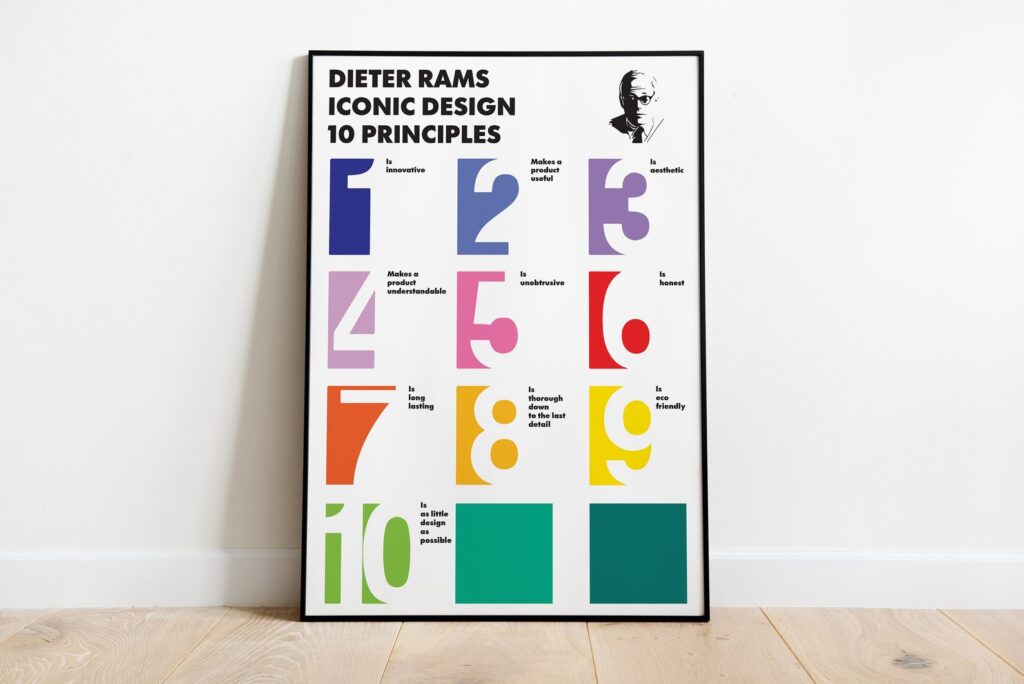
1 . Good design is innovative.
Great design pushes boundaries and introduces new ideas or solutions to problems. It doesn’t settle for the status quo but seeks to improve functionality and user experience. Think of the Braun SK 5 record player, which revolutionized home audio with its compact size and wall-mountable design.
2. Good design makes a product useful.
The core function of any product should be clear and well-defined. It must effectively fulfill a user need and do so in a way that is intuitive and efficient. The Braun T3 pocket calculator, with its clean layout and large, easy-to-press buttons, exemplifies this principle.
3. Good design is aesthetic.
Aesthetics matter. Visually appealing design creates a positive user experience and reflects quality craftsmanship. However, beauty should never overshadow functionality. The Braun ET 66 electric shaver, with its simple form and high-quality materials, embodies this balance.
4. Good design makes a product understandable.
Intuitive design is paramount. Users should be able to grasp how a product works without extensive instructions. Clarity in communication, both visual and functional, is key. The Braun EK 10 coffee grinder, with its clear markings and straightforward controls, is a testament to this principle.
5. Good design is unobtrusive.
The design should not be loud or distracting. It should focus on the product’s purpose and functionality, not draw attention to itself with unnecessary embellishments. The Braun LTRS 1 radio, with its clean lines and uncluttered interface, exemplifies this principle.
6. Good design is honest.
The design should accurately represent the product’s capabilities and limitations. Users should not be misled about what a product can do. The Braun PS 1 wall switch, with its clear and simple design, avoids any deceptive elements.
7. Good design is long-lasting.
Truly good design transcends fleeting trends. It should be timeless and avoid looking dated quickly. Classic design endures because it prioritizes functionality over fad. The Braun SK 4 radio, with its minimalist aesthetic, remains visually relevant even today.
8. Good design is thorough down to the last detail.
Every aspect of the design, from the overall form to the individual components, should be meticulously considered. Attention to detail elevates the user experience and reflects a commitment to quality. The Braun T1000 toaster, with its perfectly aligned slots and intuitive controls, exemplifies this meticulous approach.
9. Good design is environmentally friendly.
Sustainability is a growing concern. Good design considers the environmental impact of a product throughout its lifecycle, from material sourcing to production, use, and disposal. Braun, under Rams’ leadership, actively sought ways to minimize waste and use recyclable materials.
10. Good design is as little design as possible.
Simplicity is key. The design should be pared down to its essential elements, avoiding unnecessary features or complexity. Less is often more. The Braun HT 20 hair dryer, with its sleek form and focused functionality, exemplifies this principle.
The Impact of Good Design, Beyond Functionality
Beyond functionality, good design elevates our everyday lives. Well-considered design decisions can bring us joy, like a beautifully crafted teapot that becomes a cherished object, enhancing the tea ritual. Similarly, a well-designed chair becomes more than just a place to sit, but a source of comfort. Good design even simplifies routines, reducing stress. Intuitive interfaces make using products seamless, contributing to a more harmonious interaction with the world around us. It can cultivate respect for the objects we own, encouraging us to care for them and appreciate their quality. This deeper connection fosters mindfulness and intentionality in our daily lives.

The Enduring Power of Rams’ Principles and Their Global Influence
The influence of Dieter Rams’ Ten Commandments of Good Design can be seen in countless iconic designs that have transcended national borders. Here are some examples:
- Apple Products: Apple’s commitment to clean lines, intuitive user interfaces, and a focus on user experience echoes Rams’ principles. The iPod, with its simple controls and user-friendly interface, is a prime example.
- Vitsoe 606 Universal Shelving System: This modular shelving system, designed by Dieter Rams himself, exemplifies the principles of long-lasting design, functionality, and adaptability.
- Swiss Railway Signage: The clear, concise, and user-friendly signage system used by the Swiss Railways embodies the principles of good design being understandable and unobtrusive.
These are just a few examples of how Rams’ principles have shaped the design landscape globally. His influence is evident not just in physical products but also in digital design, web interfaces, and even graphic design.
Considerations for the Evolving Design Landscape
While Rams’ principles provide a strong foundation, it’s important to acknowledge the ever-changing world of design. Today’s designers must consider additional factors:
User Experience (UX) Across Multiple Platforms
Products are no longer confined to the physical world. Designers must consider how users interact with products across various platforms, from websites and mobile apps to smart devices and wearables.
Accessibility for a Wider Range of Users
Inclusive design is paramount. Designs should be accessible to users with disabilities, considering factors like visual impairments, motor limitations, and cognitive differences.
Integration of New Technologies
The design world is constantly evolving with new technologies like artificial intelligence, virtual reality, and augmented reality. Designers need to consider how these technologies can be integrated while maintaining core design principles.
These additional considerations require designers to adapt Rams’ principles to the contemporary context. The core principles remain relevant, but their application needs to be flexible and responsive to the ever-changing design environment.
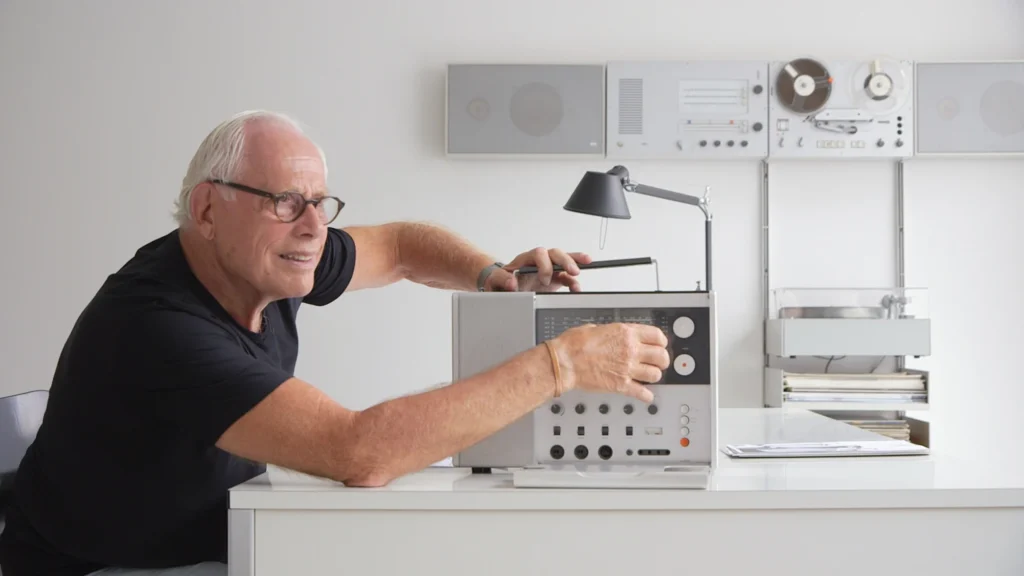
A Call to Action: Design for a Better Future
Dieter Rams’ legacy is one of thoughtful design that prioritizes both form and function. His Ten Commandments of Good Design continue to inspire and guide designers across the globe. By embracing these principles and adapting them to the contemporary world, we can continue to create products that are not only beautiful but also improve our lives and the world around us. Here’s how:
- Prioritize User Needs: Put the user at the center of the design process. Understand their needs, frustrations, and aspirations, and design products that address them effectively.
- Embrace Sustainability: Consider the environmental impact of your designs throughout the product lifecycle. Minimize waste, use sustainable materials, and design for longevity.
- Strive for Simplicity: Don’t overburden users with unnecessary features or complexity. Focus on clear communication and intuitive functionality.
- Think Long-Term: Design products that are timeless and avoid fleeting trends. Prioritize quality materials and construction for lasting value.
- Collaborate for Impact: Design is not a solitary pursuit. Collaborate with engineers, marketers, and other stakeholders to ensure your designs are not just aesthetically pleasing but also functional and feasible.
By following these principles and drawing inspiration from Dieter Rams’ legacy, we can create a future filled with well-designed products that enrich our lives, foster a sense of well-being, and tread lightly on the planet. The power of good design lies in its ability to improve our everyday experiences and shape a better world for all.
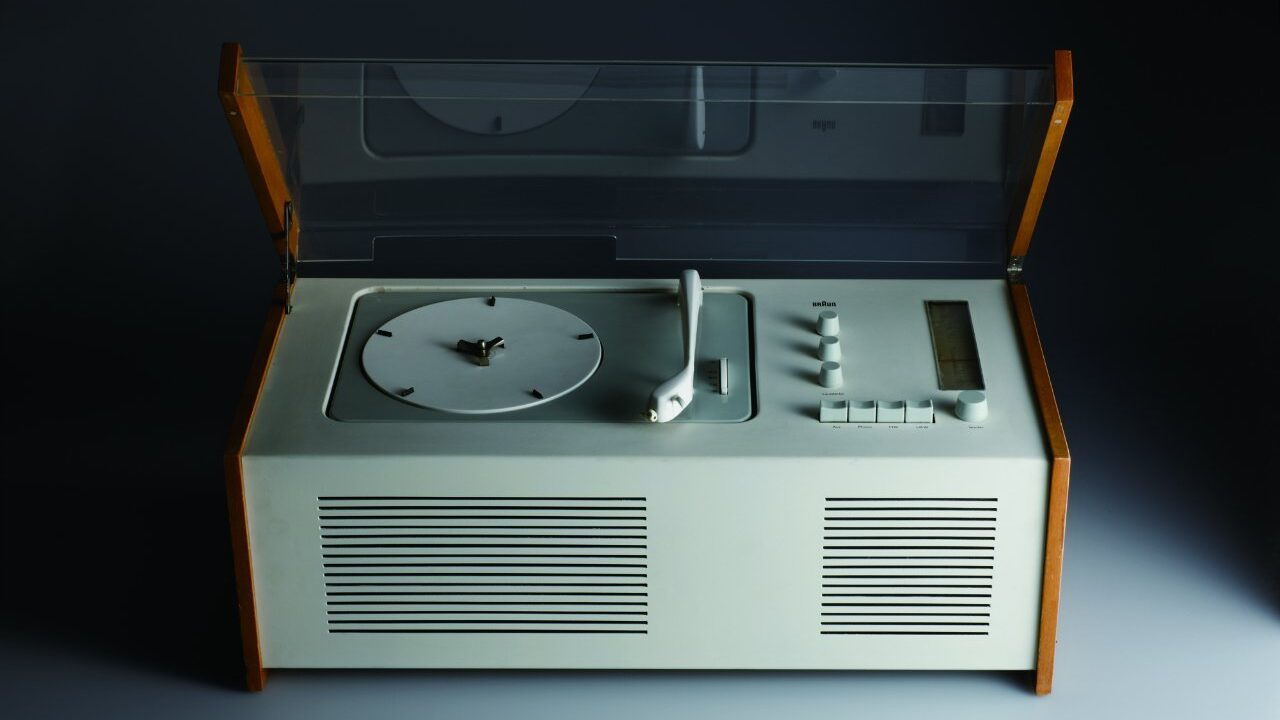
A Legacy that Continues to Inspire
Dieter Rams’ impact on the design world is undeniable. His Ten Commandments of Good Design offer a timeless framework for creating products that are not only functional and aesthetically pleasing but also environmentally conscious and user-centered. While the design landscape continues to evolve, the core principles of good design remain remarkably relevant. By embracing these principles and adapting them to the ever-changing technological landscape, designers can continue to create products that elevate our lives and leave a positive footprint on the world. Dieter Rams’ legacy is not simply a set of rules, but a call to action for designers of all disciplines to strive for excellence, prioritize user needs, and create designs that make a positive difference. The future of good design is bright, and Dieter Rams’ influence will undoubtedly continue to shape its trajectory for generations to come.
Related Posts:
Integrating Psychology for Superior User Experience
What is Problem-Solving in the Design World?
Unveiling the Magic: UI vs. UX Design
